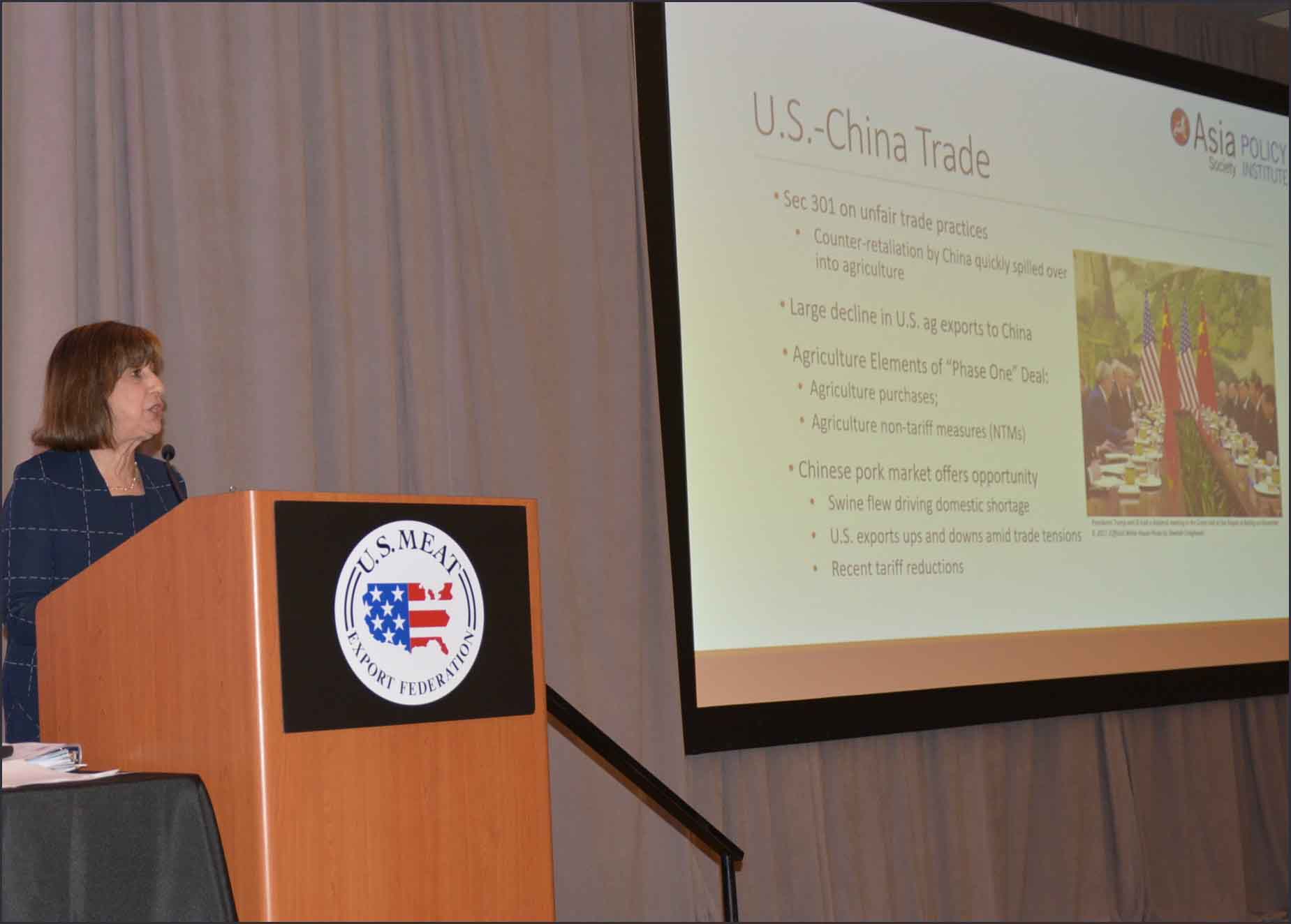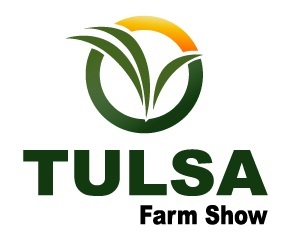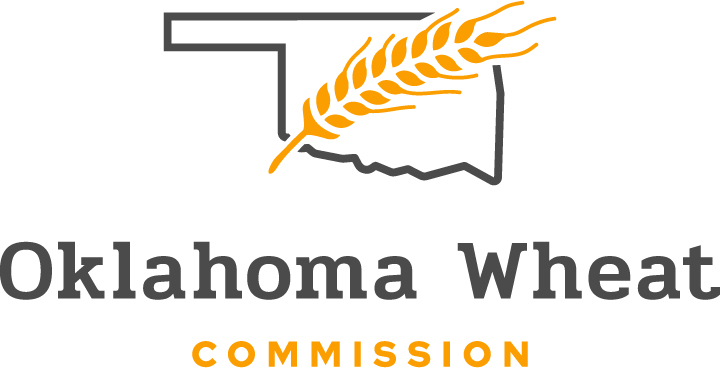
Agricultural News
Wendy Cutler Calls US-Japan Trade Agreement Largely an Ag Deal- Will Catch the US Up on Tariff Rates January First
Sat, 09 Nov 2019 22:14:23 CST
 At the US Meat Export Federation's Strategic Planning Conference in Tucson, Ariz., USMEF members received a breakdown of the trade landscape in Asia from Wendy Cutler, vice president of the Asia Society Policy Institute. Cutler previously served as the Office of the U.S. Trade Representative's chief negotiator on the Korea-U.S. Free Trade Agreement and led bilateral negotiations with Japan under the Trans-Pacific Partnership (TPP).
At the US Meat Export Federation's Strategic Planning Conference in Tucson, Ariz., USMEF members received a breakdown of the trade landscape in Asia from Wendy Cutler, vice president of the Asia Society Policy Institute. Cutler previously served as the Office of the U.S. Trade Representative's chief negotiator on the Korea-U.S. Free Trade Agreement and led bilateral negotiations with Japan under the Trans-Pacific Partnership (TPP).
Cutler reviewed the events that have taken place since the U.S. withdrew from TPP, starting with Japanese Prime Minister Shinzo Abe's efforts to convince President Trump to return to the agreement. Eventually a preliminary U.S.-Japan trade agreement was reached and it is now under consideration by the Japanese Parliament.
"The great news for you is that this is largely an agricultural deal," Cutler said. "Under this agreement we secured from Japan most of the agricultural market access that we forfeited when we lost TPP. And I think what's really great for beef and pork is that when this deal goes into effect, which should be Jan. 1, we're going to come into that deal 'caught up' with the other TPP countries, meaning that we'll get the same tariff rates that they're getting."
Cutler said U.S. agriculture is understandably encouraged by progress in the U.S.-China negotiations, as the two sides are said to be close to completing a phase one agreement that will improve access for agricultural exports. But she cautioned that the situation remains very volatile, and that finalizing the details of such an agreement often proves difficult.
Earlier in the conference, a panel discussion focused on the potential impact of alternative proteins on global demand for red meat. The session was moderated by USMEF Economist Erin Borror and included Jihae Yang, USMEF director in South Korea; Yuri Barutkin, USMEF representative in Europe; and Glynn Tonsor, a professor in the Department of Agricultural Economics at Kansas State University.
Facing up to the challenge posed alternative proteins was also a component of "Capitalizing on the Greatest Sustainability Story in History," a presentation offered by Allan Gray, a professor at Purdue University and director of the school's Center for Food and Agricultural Business.
Gray's advice to USMEF members is to compete for consumers by helping people understand why traditional meat is the best choice.
"We all like choices, so the urge to take away alternative proteins as a choice may not be the best strategy," he said. "What we should be saying to them is, 'you have choices, but our product is the best choice and here is why.'"
USMEF President and CEO Dan Halstrom briefed members on a number of key issues that could open new opportunities for U.S. red meat exports. In addition to the U.S.-Japan trade agreement, Halstrom said a U.S.-specific share of the European Union's duty-free beef quota will deliver more reliable and consistent access to the high-value European market. This measure is currently under consideration in the EU Parliament. Halstrom also stressed the importance of bringing the U.S.-Mexico-Canada Agreement to a ratification vote.
"From a carcass utilization standpoint, Canada and Mexico complement our Asian markets perfectly," Halstrom said. "I hate to think what round prices would be if not for Canada and Mexico, because we don't sell many rounds to Asia. On the pork side, there are some hams exported to Asia but it's not the primary item. Hams are the No. 1 item going to Mexico and pretty high on the list for Canada."
Source- USMEF
WebReadyTM Powered by WireReady® NSI
Top Agricultural News
More Headlines...





